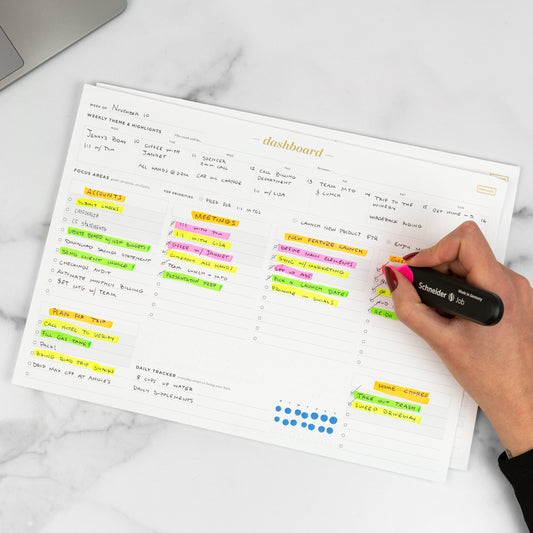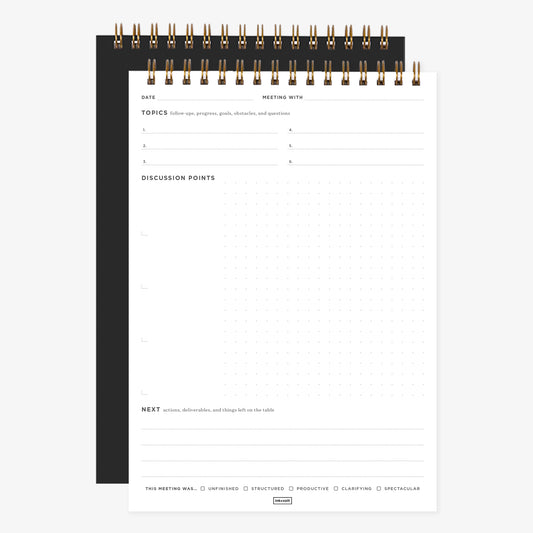Every year we make the same fitness goals.
We vow to lose weight, eat healthier, hit the gym, etc. And every year we somehow end up backpedaling on our goals.
But what if there was a way to stay wedded to our fitness goals? What if there was a way to make our fitness goals seem more exciting and more impactful on our lives?
It might seem like a big ask, but it is possible to make your fitness goals more engaging.
It doesn’t involve pushing yourself harder or denying yourself. But it does involve changing your mindset. It’s about putting less pressure on yourself to see dramatic results right away, and placing more emphasis on creating meaningful fitness goals that will improve your life.
Here’s how to create fool-proof fitness goals that will actually get you excited about working out.
Where are you right now with your fitness goals?
Before you can set a target for a fitness goal, you need to gauge where you are right now with your health and fitness. This way, you’ll know what needs to change and improve.
So how are you feeling about your strength, endurance, or energy levels? How is your diet and nutrition? And what would you like to develop? For instance, maybe you walk everyday but what you’d really like to do is start running. Or maybe you’re starting from square one and you’d really like to build your energy and endurance.
Knowing your current fitness level will help you set realistic goals–you’re not going to suddenly run a marathon if you’ve never gone running before. And it will also give you a baseline from which you can start measuring your progress.
How do you want to feel?
Fitness goals can easily make us feel bad about ourselves. If we’re not losing weight or gaining muscle quickly enough, we lose all hope and abandon ship.
Rather than fixating on your goal weight or goal speed, try adjusting your mindset by asking yourself how you want to feel at the end of the day or week or month.
Examples:
I want to feel stronger.
I want to feel more confident.
I want to have more fun.
In doing so, you won’t obsess over the number on the scale or on your Fitbit. You can focus on the positive feelings that your workout is producing. And the good feelings you get from working out will carry over and help you stay committed to your fitness goals, day in and day out.
Choose a fitness goal that is fun to you
This one sounds obvious but we’ve all been guilty of choosing a fitness goal that was more punishing than fun.
Remember: you’re allowed to choose a workout that is fun for you to do.
- Instead of forcing yourself to go for a run, try taking a salsa class.
- Instead of forcing yourself to go to the gym, try rock climbing.
- Instead of forcing yourself to do a HIIT workout, try going for a long bike ride.
So think of your current workout routines and see if there’s a way to make it more fun. Maybe it’s using a timer to ignite your competitive spirit. Or working out with a friend to make it more social. When the workout has an element of fun or adventure, you’ll be that much more excited to stick with it for the long haul.
Choose a fitness goal that will make your life better
Another way to frame your fitness goals is to choose one that will help improve your life.
For instance, maybe you’re a writer who’s always feeling groggy in the morning and you want to change that. Or maybe you’re a grandparent who wants to have more energy when they’re hanging out with their grandkids.
You would then choose an exercise goal that would help improve that particular area of your life.
Examples:
- Current situation: You’re feeling groggy in the morning.
- Exercise idea: Do morning stretches to get the blood circulation going and wake yourself up.
- Current situation: Your arms get tired from carrying groceries.
- Exercise idea: Do resistance band training to build upper arm strength.
- Current situation: Your job is giving you stress and anxiety
- Exercise idea: Take a yoga class to decompress after work.
- Current situation: You work from home and miss being in a social setting.
- Exercise idea: Sign up for a running group or hiking class.
Think about your future life and dream goals
Do you have any vacation plans or special events coming up? Your future plans can give additional motivation to your current fitness goals.
For example, let’s say you have a vacation planned this summer, and you want to be able to walk around all day without getting tired. Now you have something to aim for, and even more incentive to increase your steps everyday, so that you can feel amazing when you’re finally on vacation.
Or maybe you have a friend’s wedding coming up and you want to be able to dance the night away. You’ll be even more committed to your cardio and dance classes knowing that you have a special event to look forward to.
Or maybe you have this lofty dream goal of hiking somewhere special, like Alaska or Patagonia. Even if the plans aren’t set in stone, you should use this dream goal to help motivate and inspire you to stay committed to your workouts. So instead of the usual: I have to do bicep curls, your mentality will change to: I want to increase my bicep curls because it will make carrying a backpack that much easier when I go on my dream hike.
So look at your current fitness goals and try reframing them to make them more exciting and aligned with your dream goal.
- Old goal: I want to increase my steps.
- New goal: I want to walk around Paris all day without getting tired.
- Old goal: I want to hike more.
- New goal: I want to be able to hike for ten miles and go up steep ascents.
- Old goal: I want to improve my posture.
- New goal: I want to improve my posture so that I can feel confident when I do my big presentation.
By reframing your mindset and aligning your goals with your lifestyle and needs, you’ll be guaranteed to achieve your fitness goals.
Written by JiJi Lee









